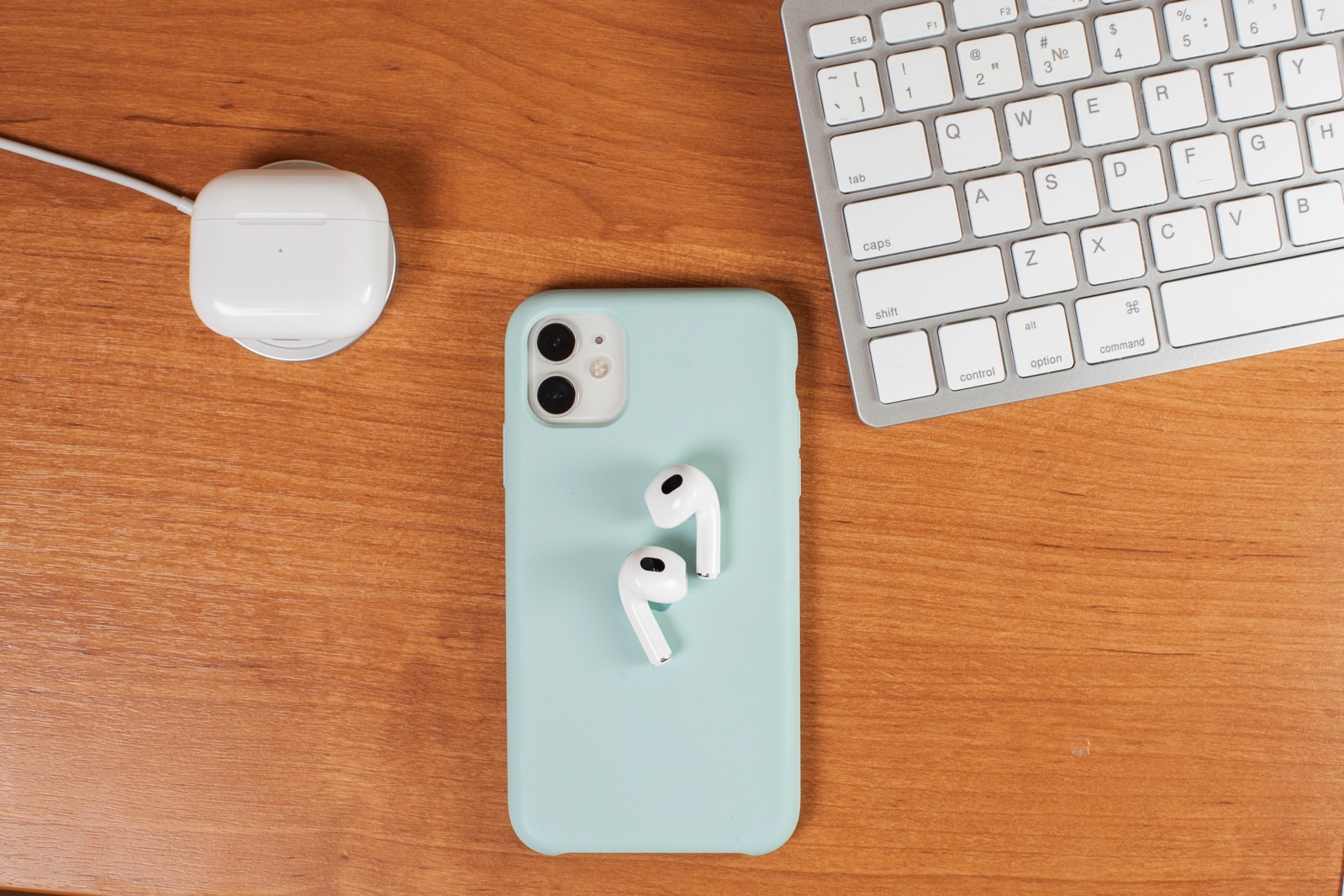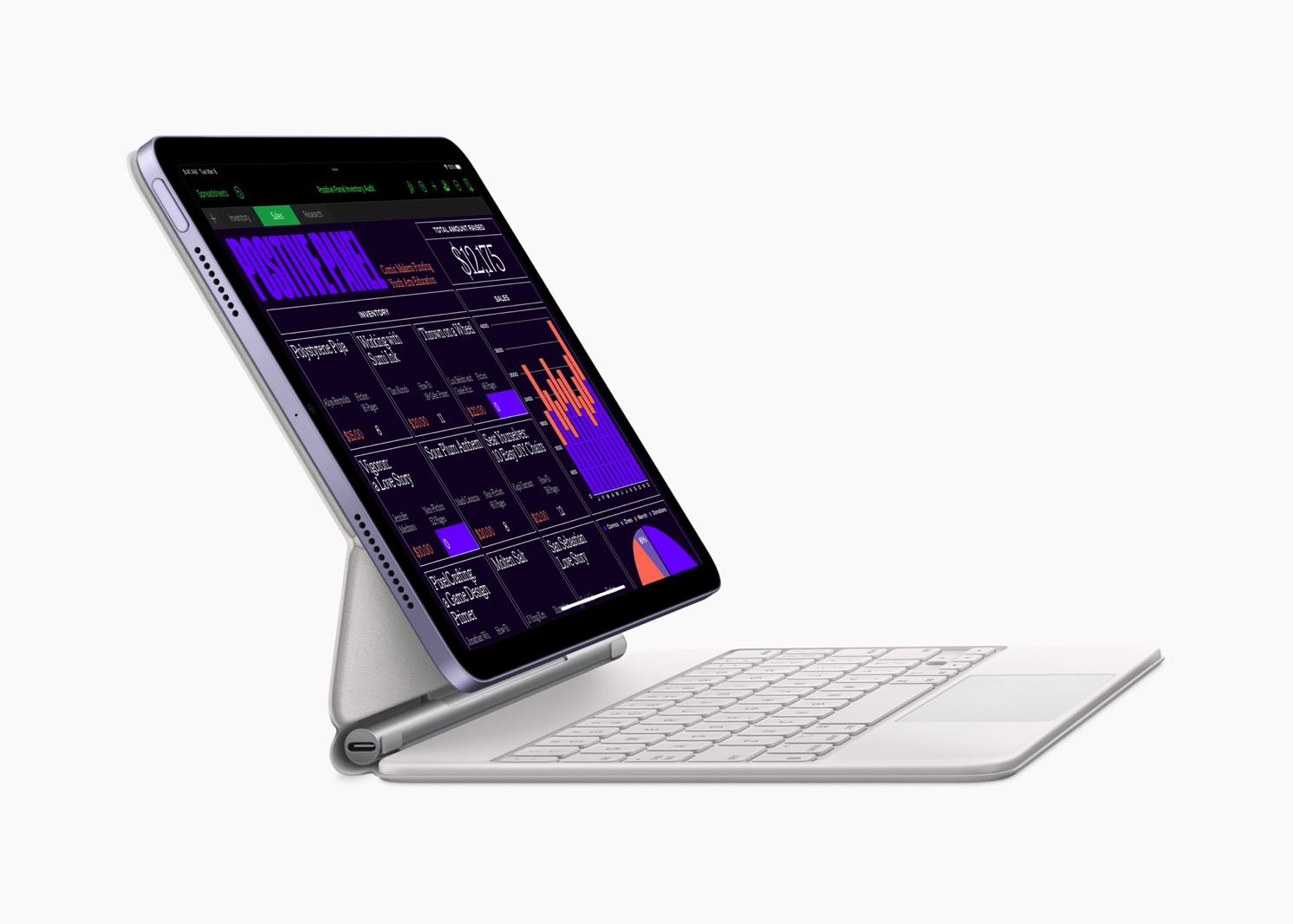The iPad saw no hardware updates this year, which is an unusual choice from Apple. Not even the cheapest model got an update, which is the most likely tablet in Apple’s lineup to get refreshed every year. But rumors point to big changes coming to the iPad lineup next year.
The iPad Pro should get OLED displays, slightly larger screens, and the M3 chip. The iPad Air will be bumped to the M2 processor and come in two sizes, including the 12.9-inch version reserved for the larger Pro right now. Then, the iPad mini will see a chip upgrade and a fix for the display refresh stutter that impacted the sixth generation. Finally, the cheaper iPad will get better specs, with the 9th-gen model likely to be discontinued.
That’s what the most recent rumors claim, at least. And it’s all starting very soon, with Apple expected to announce some of the new iPad refreshes in early 2024.
Now, a brand new report resurfaces a feature the iPad doesn’t really need right now. According to this new leak, MagSafe charging is supposedly coming to the iPad Pro.
How MagSafe works
MagSafe charging was a staple of the MacBook before Apple removed it. The magnetic wired charger had a simple purpose: to prevent accidents when you inevitably trip on the charging cord. Apple brought back MagSafe to the MacBook Pro in 2021, but not before adding it to the iPhone.
MagSafe on MacBook continues to use a proprietary charger that has nothing to do with USB-C, though the latter can also be used to charge the laptops.

MagSafe on iPhone has a different meaning. It refers to Apple’s way of wirelessly charging the iPhone. It involves a ring of magnets that hold the wireless charger in place to offer the highest possible wireless charging speed. That’s 15W, regardless of the iPhone model. All you need is a MagSafe charger from Apple.
You can use any other wireless charger with the iPhone, but most of them will not get you the same top speeds. Non-MagSafe chargers do not align perfectly with that rear-facing wireless charging coil, as no magnets are in place. The key component that makes wireless charging possible on a smartphone is the glass panel on the back.
The iPad Pro is a mobile device with a single USB-C port. It’s used for charging and data transfer. The iPad Pro ships with a 20W charging brick, so that’s how fast you can charge the tablet.

With all that in mind, MagSafe coming to iPad can only refer to wireless charging rather than wired charging. Rumors dating back to 2021 said that Apple was exploring MagSafe charging for the iPad. Fast-forward to December 2023, MacRumors heard from a source that is familiar with companies that manufacture magnets for Apple products that the 2024 iPad Pro will support MagSafe charging.
That might sound like great news for some people, but I’m no longer one of them. Wireless charging is great on a smartphone, and a convenient feature to have. While not as fast as wired charging, it can help you top up the iPhone battery during the day. It’s especially useful if you worry about battery life on the phone.
Does the iPad need wireless charging?
Back to the tablet, I don’t want wireless charging on the iPad because of multiple reasons.
First, I’ll never go through similar battery anxiety as the iPhone. Second, wireless charging is much slower than wired charging. And I’d want computers like the iPad Pro to charge as fast as possible, and that’s via USB-C. Third, MagSafe charging would require a different dock purchase for the tablet. One that can hold the iPad Pro’s weight accordingly.
But the main reason I don’t want MagSafe on iPad Pro concerns the tablet’s durability. I don’t want a tablet with a glass back that would be prone to breaking. That would be my main problem with it.

Sure, you can protect the iPad Pro with a case. Many people use a Magic Keyboard, which means they already get that protection. The problem remains, however. The iPad is much larger than the iPhone, and the risk of breaking that rear panel is higher.
Then again, Apple could always find a way to combine metal and glass for the rear panel to get the best of both worlds. The metal would be more durable, and Apple would only use glass for the area that facilitates wireless charging. That’s just speculation, however.
With the 2024 iPad Pro models supposed to hit stores early next year, Apple has long decided on the design. If MagSafe charging is in the works, it’s also a settled matter. We’ll just have to wait for Apple’s announcement and see whether wireless charging is coming to its tablets.








